Are holiday/leisure cycle paths like the ‘Camel Trail’ good for the environment?

How do we develop cycling from a leisure activity to part of everyday life? I recently went for a bicycle ride with my partner along the Camel Trail in North Cornwall. We cycled a 5-mile section of the trail that connects the towns of Wadebridge and Padstow. We turned up at lunchtime at a little bike hire depot (there are several) near the end of the trail in Wadebridge. We were told that we should have booked, as it’s the school holidays, and that there were no bikes left. Luckily, a couple arrived as we were there to return bikes that they’d rented earlier that morning – so we were off. It cost £12 each, and we could keep the bikes until they closed at 8 that evening. We cycled to a pub for lunch, and then hit the Camel Trail. The path was metalled, about four bikes wide, and busy. I’d say that, there and back, we passed around 500 people – from kids to pensioners, on mountain bikes, road bikes, tandems, pulling trailers and sitting next to the trail having picnics.
The weather and the view were lovely. The trail winds alongside the Camel estuary – lots of water, clouds, fields, trees and seagulls. It’s over 18 miles long in total, and we were cycling just part of it. It used to be a railway line until Beecham did his thing in the 60s, and it’s cycled by around 400,000 people a year. We arrived at Padstow, locked up our bikes (you get a panier and a bike lock with your bike) and had a walk round town. We didn’t like it – very crowded and full of shops selling tat – so we walked out of town to a glorious beach at the head of the estuary, with not a building in sight. We sunbathed, swam in the sea, walked back to our bikes and cycled back to Wadebridge.
It was really enjoyable – but is it environmentally-friendly? On balance, I’d have to say no. We cycled 20 miles to get there, and judging by the cars around, almost everyone else had driven there too. To be fair, at least they’d driven to go cycling, rather than jet-skiing, and they were holidaying in the UK rather than flying, but for cycle trails like this to be good for the environment, they’d have to be in places that people can use to get from A to B on a regular basis – for work, school, shopping and socialising. The thing that may be good about the Camel Trail is that it may open people’s eyes whilst on holiday to the fact that actually, they might be able to cycle more in their everyday life.
But once they’re inspired, would people actually be able to cycle more once they’re back at home? I think that the most important factor is safety. For more people to cycle, it has to be safer. Cities in the UK can be dangerous for cyclists, but actually, I think the countryside is more dangerous. Cars are usually going faster, lanes are narrower and there are more blind corners. Cities are easier to make cycle-friendly – just make it more inconvenient and expensive to drive in them and build more dedicated cycle paths. In fact, just go to the Netherlands to see what they did there, and copy it. Happily, lots of UK councillors are doing just that – but there’s a long way to go. Most kids in the Netherlands cycle to school for example. They don’t have the nightmare school run that we do. But who can blame parents, when cycling really isn’t encouraged like it is in the Netherlands, and getting ready to cycle in rush hour is like getting ready to enter a war zone. In my youth, I cycled around Europe, and I was blown away by cities like Copenhagen, where the cyclist is king/queen, and driving in the city is seen as the antisocial activity that it actually is. And in the States, cities without good cycle paths are not attracting young professionals nowadays.
It’s the countryside and suburbia that could do with a network of trails like the Camel Trail. Sustrans are working on it, but there’s a long, long way to go before cycling moves from holiday activity to everyday activity. Imagine trails like the Camel Trail snaking out from towns into the countryside (and to other towns) – with smallholders bringing produce to shops and markets on bike trailers, people commuting from villages to towns to work or to socialise, and people cycling just for fun and exercise, but without having to drive to the start point.
So what’s stopping it happening? If you think about it, cycling is bad for economic growth. Bicycles are much cheaper than cars, and cyclists don’t have to buy petrol, pay for MOTs, road tax, parking fees, congestion charge etc. – so there’s much less money sloshing about. Granted, most cyclists will probably also have a car – but some won’t, and that number could grow if there were more cycle paths. Why would a government committed to the absurd quest for economic growth spend money on something that mitigates it? I don’t think I’m getting conspiracy-theory-ish to think that it’s not going to be high on their agenda, am I? That’s why, according to the Campaign for Better Transport, there’s a £30 billion road-building programme on the table, with £94 million allocated for cycle paths. So that’s 300 times as much allocated for driving than for cycling. In a sane world, those figures would be reversed.
As individuals, we can’t go out and build cycle paths, but we can cycle more, and help Sustrans and the Campaign for Better Transport to campaign for better cycling facilities.
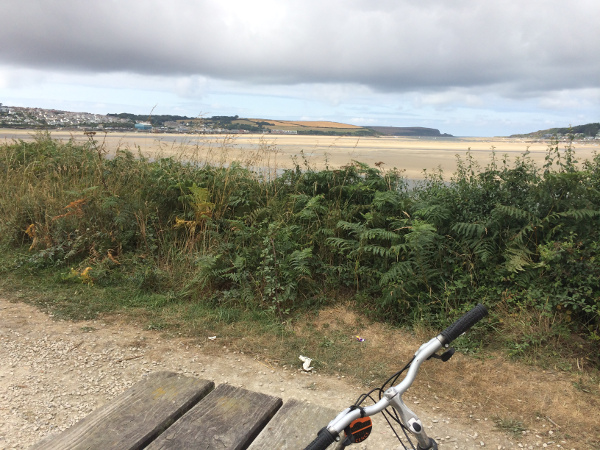
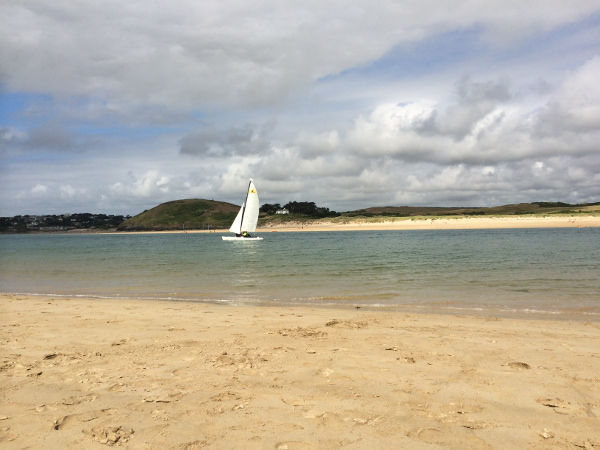
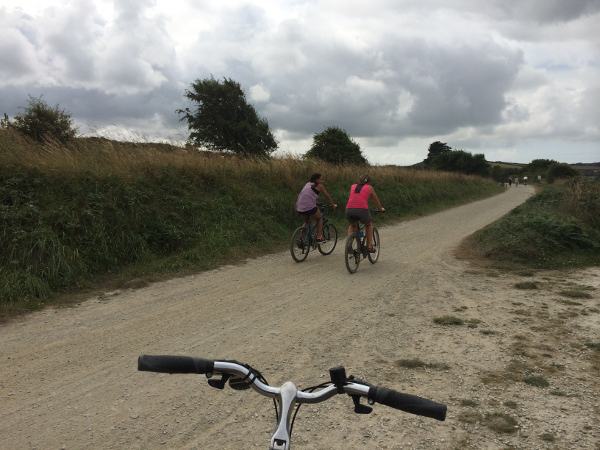
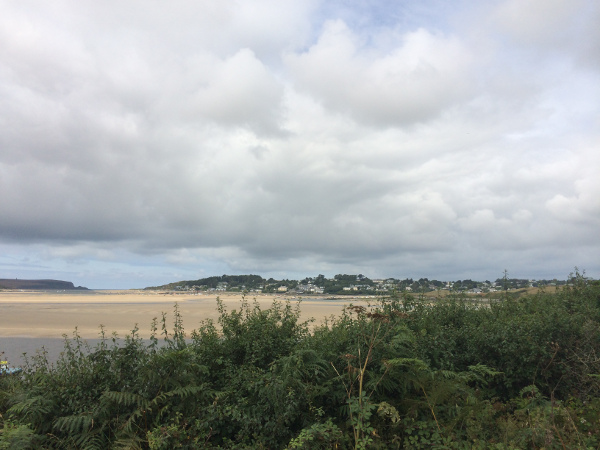
The views expressed in our blog are those of the author and not necessarily lowimpact.org's




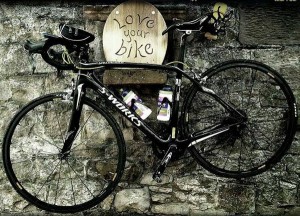 What low-impacters are up to around the country: Greystoke Cycle Cafe
What low-impacters are up to around the country: Greystoke Cycle Cafe
 Our partner Janet’s upcoming knitting, spinning, sewing & craft tour of Scotland by folding bicycle
Our partner Janet’s upcoming knitting, spinning, sewing & craft tour of Scotland by folding bicycle
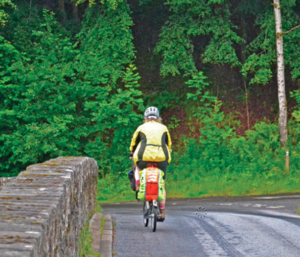 Holidays without flying: how to cycle around Scotland on a folding bike
Holidays without flying: how to cycle around Scotland on a folding bike
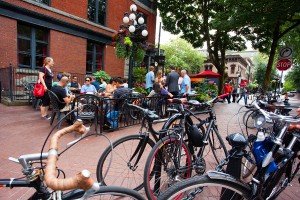 Cycle lanes bring more revenue to local businesses than car parking spaces – so why do so many businesses think they don’t?
Cycle lanes bring more revenue to local businesses than car parking spaces – so why do so many businesses think they don’t?
 Low-impact & the city 14: getting back on a bike after ten years
Low-impact & the city 14: getting back on a bike after ten years
 Beginner’s Guide to Wild Swimming
Beginner’s Guide to Wild Swimming
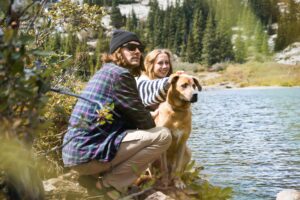 Why cycling and walking are great for your mental health
Why cycling and walking are great for your mental health


